Products Description
U.S. Driver Licenses and International Recognition
In the United States, a driver's license is essential for the legal operation of a motor vehicle and is the primary form of identification. However, when it comes to international recognition, the acceptance and requirements of a U.S. driver's license vary by country and specific use. This article explores the recognition of U.S. driver licenses abroad, the role of an International Driver's Permit (IDP), and other considerations for U.S. drivers when traveling or residing internationally.
1. U.S. Driver Licenses: A Basic Overview
A. Structure and Variability
State-Specific Design: Each of the 50 U.S. states and the District of Columbia issues its own driver license, which varies in design, security features, and information format. Despite these differences, the primary features of all U.S. driver licenses are essentially the same.
Proof of Identity and Authorization to Drive: A U.S. driver license proves the holder's identity and legal permission to drive within the United States. It includes personal information such as name, address, date of birth, and photograph.
B. Domestic Use
Driving Requirements: To obtain a driver's license, an individual must meet state-specific requirements, which typically include passing a written and driving test, providing proof of residency and identity, and paying an associated fee.
Proof of Identity: U.S. driver's licenses are widely accepted as the primary form of identification for a variety of purposes beyond driving, including boarding airplanes and verifying identity.
2. International Recognition of U.S. Driver's Licenses
A. Driving Abroad
General Recognition: U.S. driver's licenses are not universally recognized for driving purposes outside the United States. Many countries require additional documentation or have specific requirements for the use of U.S. driver's licenses.
Specific Country Requirements: Each country has rules regarding the acceptance of foreign driver's licenses. In some countries, a U.S. driver's license is sufficient for a limited time, while other countries may require a local driver's license or an International Driving Permit (IDP).
B. International Driving Permit (IDP)
Purpose and Function: An IDP is a translation of your U.S. driver's license into multiple languages and is recognized internationally. It is issued by the American Automobile Association (AAA) and the National Automobile Club (NAC).
Legal Requirements: In many countries, travelers must carry an IDP along with their U.S. driver's license to drive legally. An IDP is not a stand-alone document and must be accompanied by a valid U.S. driver's license.
Validity: An IDP is typically valid for one year and must be obtained before traveling. It does not replace a U.S. driver's license, but it can be an additional document to facilitate driving abroad.
3. Regional Recognition and Regulations
A. Europe
European Union (EU) and European Economic Area (EEA) Countries: U.S. driver's licenses are generally recognized for short-term visits in EU member states and EEA countries. Non-EU drivers are generally recommended or required to hold an IDP.
Other Requirements: Some countries may have specific regulations, such as requiring an IDP or limiting its use period.
B. Asia
Japan and China: In countries such as Japan and China, U.S. driver's licenses are not accepted for driving purposes. An IDP alone is not sufficient; drivers must obtain a local license or permit.
South Korea and Thailand: In contrast, countries such as South Korea and Thailand generally accept short-term stays with both a U.S. driver's license and an IDP.
C. Australia and New Zealand
Australia: U.S. driver's licenses are accepted for driving in Australia, but holding an IDP is recommended to avoid any problems, especially in remote areas.
New Zealand: Similarly, U.S. driver's licenses are valid for a maximum of 12 months in New Zealand. However, having an IDP may be helpful.
D. Canada and Mexico
Canada: U.S. driver licenses are widely accepted in Canada and an IDP is not usually required. However, if traveling to more remote areas, having an IDP may be helpful.
Mexico: U.S. driver licenses are accepted for driving in Mexico, but it is recommended to carry an IDP to avoid complications and facilitate communication with local authorities.
4. Practical Considerations for U.S. Drivers Abroad
A. Insurance Coverage
Check Coverage: Before driving abroad, always check with your auto insurance provider to understand coverage limits and requirements. Some policies may not cover international driving or may require additional documentation.
Purchase Local Insurance: In some cases, you may need to purchase additional insurance when renting a car abroad.
B. Traffic Laws and Regulations
Know Local Laws: Traffic laws vary widely from country to country. Familiarity with local driving laws, road signs, and customs is essential to ensure safe and legal driving.
Language Barriers: In countries where English is not the primary language, an IDP can help ease language barriers and make interactions with law enforcement or rental agencies smoother.
C. Length of stay
Short-term vs. long-term: For short-term visits (usually up to 90 days), a U.S. driver's license and IDP may be sufficient. For longer stays, you may need to obtain a local driver's license.
Local residency requirements: Each country has different rules regarding residency and driving. If you plan to stay for an extended period, research the specific requirements for obtaining a local driver's license.
5. Emerging Trends and Future Developments
A. Digital Driver's Licenses
Digital Options: Some U.S. states are experimenting with digital driver's licenses, which could impact future international travel. Digital driver's licenses may integrate with IDPs or offer new methods of verification overseas.
International Standards: Future advances may include more standardized international agreements on digital driver's licenses and their acceptance across borders.
B. Global Agreements and Harmonization
International Agreements: Conversations are ongoing on standardized driver's licenses and increased recognition between countries. Efforts to harmonize driving regulations and documentation could simplify international travel for drivers.
Conclusion
Driving internationally with a US driver's license (such as New Mexico fake ID, Washington State fake ID, Kansas fake ID, and Tennessee fake ID, among others) requires understanding complex regulations and requirements that vary from country to country. While a US driver's license is essential for domestic driving, its international recognition is limited, and an International Driving Permit (IDP) is often required to drive abroad. By understanding the specific requirements of your destination, obtaining an IDP, and understanding local traffic laws, you can ensure a smoother, more pleasant driving experience when traveling internationally.
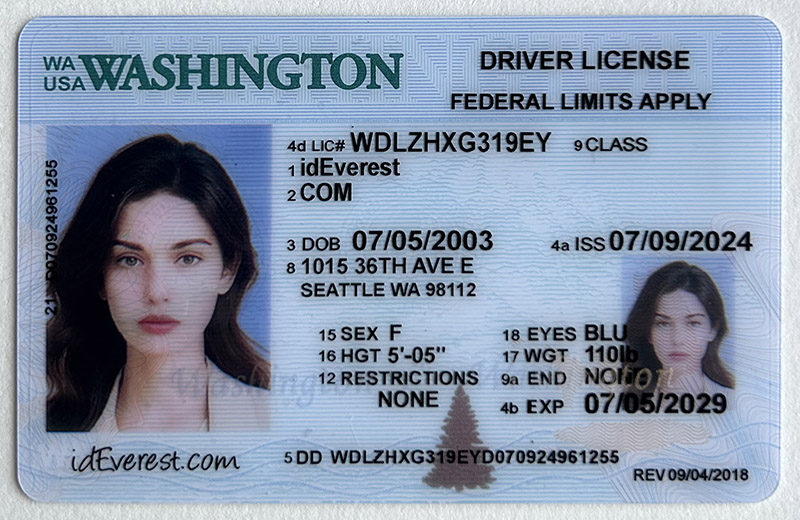
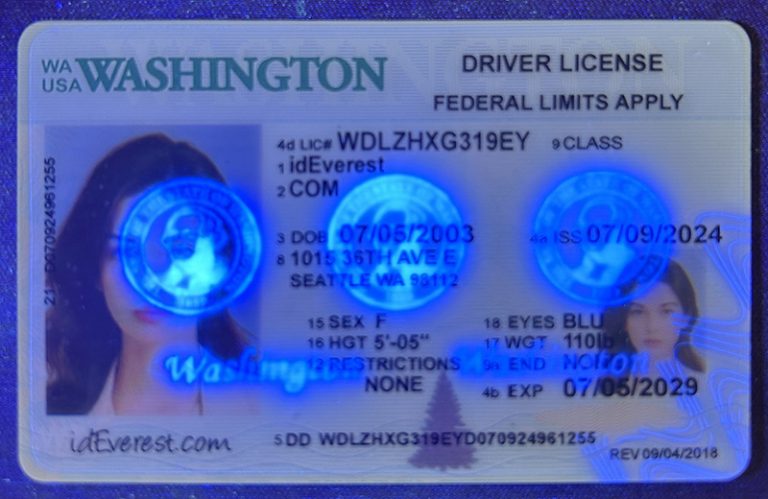
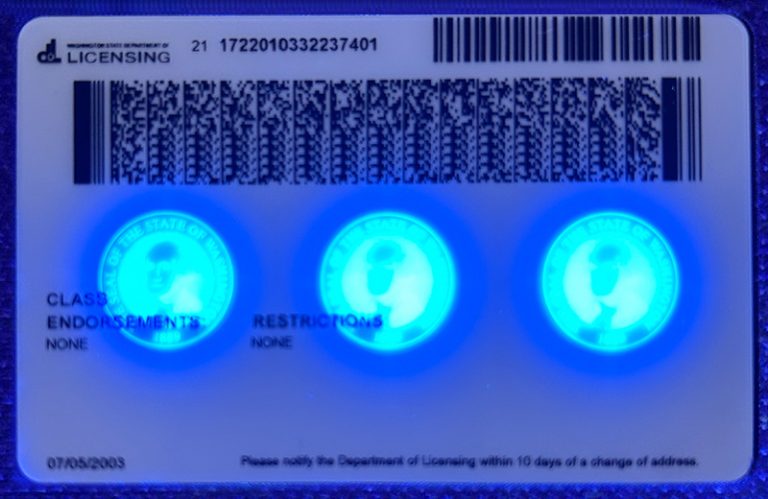
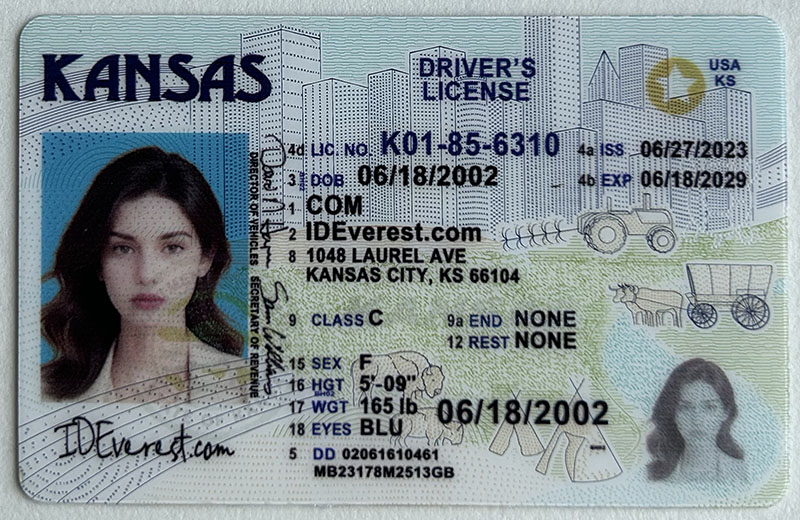

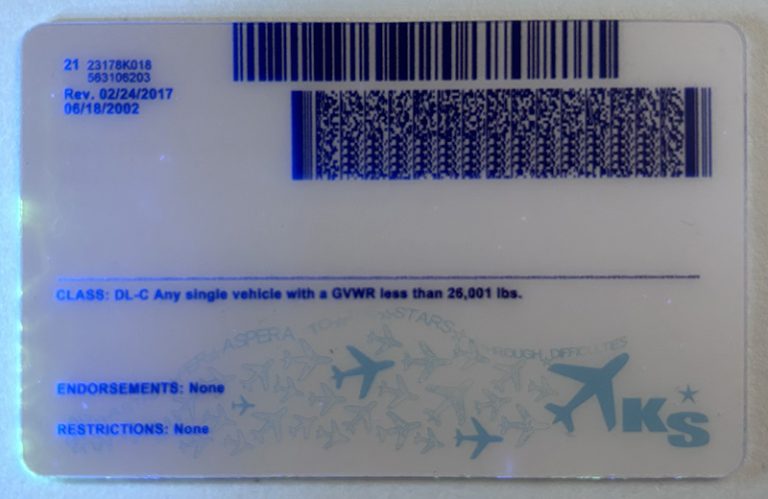
Tags:
You like
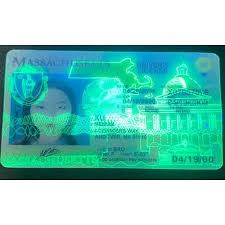
fake Missouri ID
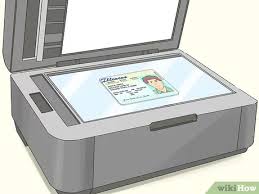
fake New Jersey ID
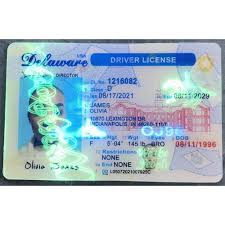
fake Mississippi ID
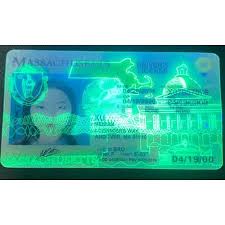
fake Illinois ID

